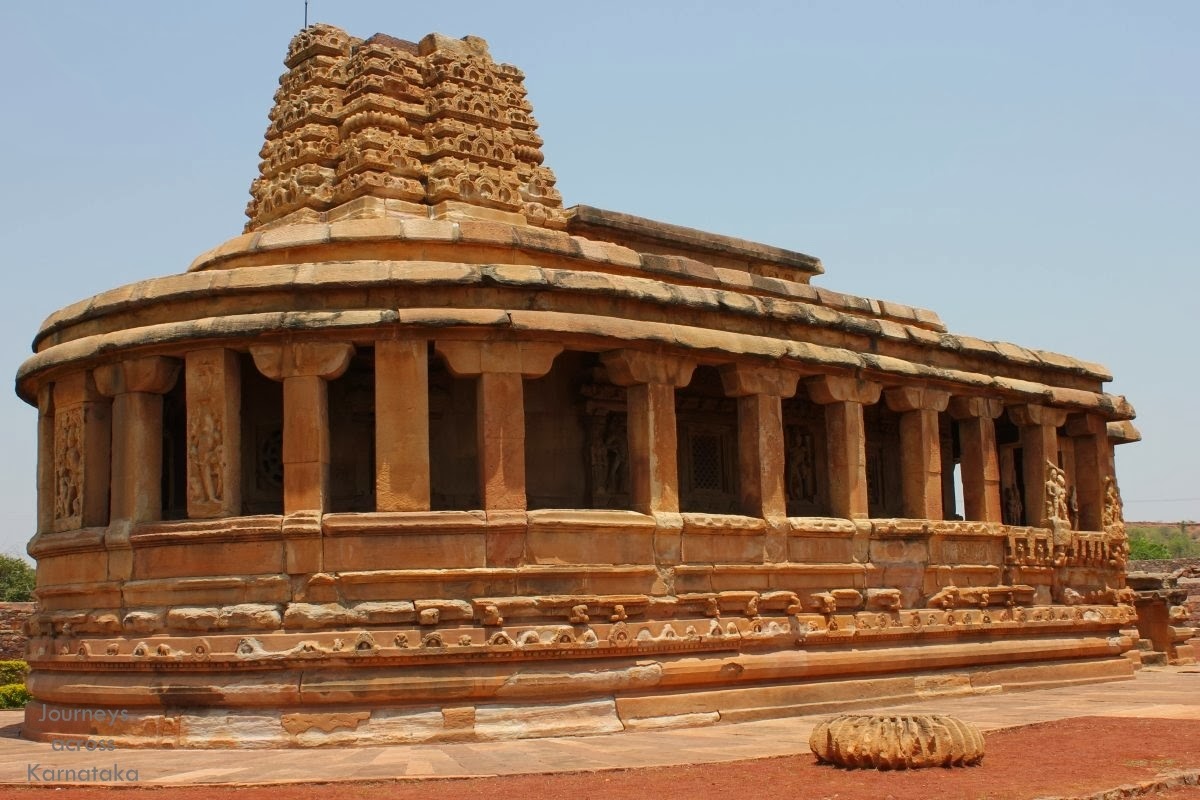The Durga Temple stands as a beacon of devotion and spirituality, attracting countless pilgrims and tourists from all corners of the globe. Nestled in the heart of various cities, these temples are dedicated to Goddess Durga, a powerful symbol of strength and divine feminine energy. Each Durga Temple offers a unique experience, imbued with rich cultural traditions and historical significance, making it a cherished destination for those seeking spiritual solace.
Visitors to the Durga Temple are often struck by the stunning architecture, intricate carvings, and vibrant colors that adorn these sacred spaces. The atmosphere is filled with the sounds of chanting, ringing bells, and the fragrant offerings of flowers and incense, creating an immersive experience that resonates deeply with the devotees. As the worshippers gather to seek the blessings of the goddess, one can feel the palpable energy that surrounds the temple, making it a place of profound reverence and connection to the divine.
Beyond its religious importance, the Durga Temple also serves as a cultural hub, where festivals, rituals, and community events bring people together, fostering a sense of unity and belonging. Whether you are a believer, a curious traveler, or someone seeking peace, the Durga Temple offers an opportunity to explore the spiritual dimensions of life while connecting with a rich heritage that has stood the test of time.
What is the Significance of the Durga Temple?
The Durga Temple holds immense significance in Hindu culture. It is not only a place of worship but also a symbol of the triumph of good over evil. Dedicated to Goddess Durga, who represents strength, courage, and protection, these temples are often sought after during times of personal crisis or when seeking guidance and strength in life’s challenges.
What Can Visitors Expect at a Durga Temple?
Visitors to a Durga Temple can expect a rich sensory experience that reflects the deep spirituality of the place. Here are some of the things one can encounter:
- Intricate architectural designs that showcase traditional craftsmanship.
- Daily rituals and ceremonies, often performed by priests in vibrant attire.
- Devotional music and chants that create an uplifting atmosphere.
- Offerings of flowers, fruits, and sweets presented to the goddess.
- Festivals that attract large crowds, featuring colorful processions and cultural performances.
Where are Some Famous Durga Temples Located?
Across India and beyond, numerous Durga Temples are renowned for their historical and spiritual significance. Some of the most famous include:
- Kalka Mandir, Delhi: A sacred place for devotees, especially during the Navratri festival.
- Vaishno Devi Temple, Jammu: Dedicated to Goddess Durga, it's a significant pilgrimage site.
- Durga Temple, Varanasi: Known for its historical architecture and vibrant festivities.
- Chamunda Devi Temple, Himachal Pradesh: A revered site nestled in the mountains.
How is the Durga Temple Celebrated During Festivals?
The Durga Temple comes alive during festivals, particularly during Navratri, a nine-night festival dedicated to the goddess. During this time, elaborate decorations, special rituals, and cultural performances take place, drawing in large crowds of devotees.
What Rituals are Performed at the Durga Temple?
At the Durga Temple, various rituals are performed, each with its significance. Some common rituals include:
- Arti: A ceremonial light offering to the goddess, performed multiple times a day.
- Puja: A ritualistic worship involving offerings of flowers, fruits, and sweets.
- Homa: A fire ritual where offerings are made to the sacred fire as a form of prayer.
What is the Architectural Style of the Durga Temple?
The architectural style of the Durga Temple varies by region but often showcases intricate carvings, vibrant colors, and detailed sculptures of deities and mythological scenes. The use of ornate domes, towering spires, and elaborate entrance gates reflects the artistic heritage of the area.
Why Visit a Durga Temple?
Visiting a Durga Temple is not solely about worship; it is also an enriching experience. Here are a few reasons to consider visiting:
- Spiritual Growth: Engage in practices that promote personal growth and introspection.
- Community Engagement: Connect with fellow devotees and participate in community activities.
- Cultural Exploration: Experience the rich traditions and customs of Hindu culture.
What Personal Experience Can One Gain at a Durga Temple?
A visit to the Durga Temple can be transformative. Many visitors report feelings of peace, clarity, and inspiration after spending time in the temple. The environment, filled with devotion and positive energy, encourages reflection and a deeper understanding of one’s place in the world.
How to Prepare for a Visit to the Durga Temple?
To make the most of your visit to the Durga Temple, consider the following tips:
- Dress modestly and respectfully to honor the sacred space.
- Learn about the rituals and customs to enhance your experience.
- Be open to the spiritual atmosphere and engage with the community.
In conclusion, the Durga Temple is more than just a place of worship; it is a vibrant center of culture, community, and spirituality. Whether you are seeking blessings or simply looking to immerse yourself in the rich traditions, a visit to a Durga Temple promises a unique and memorable experience.




